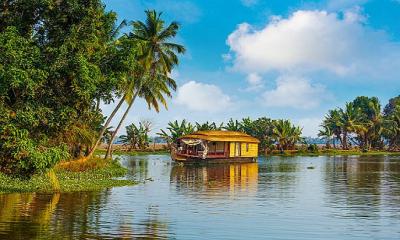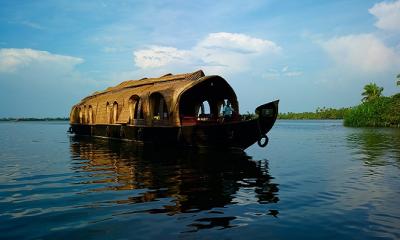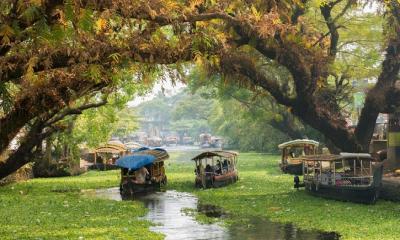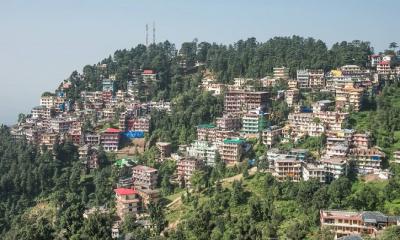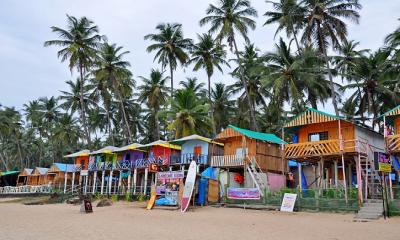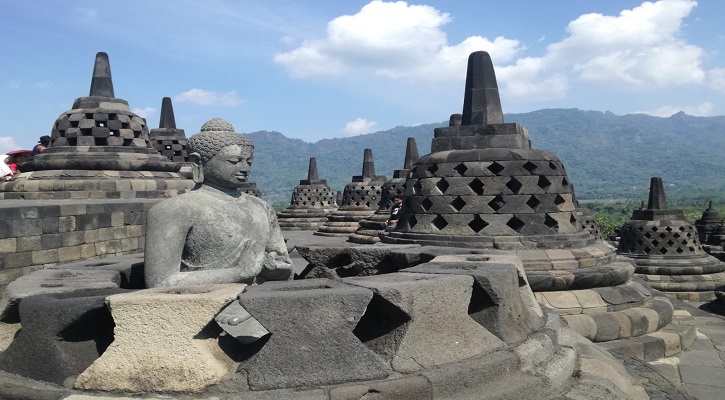
Borobudur
- Womenscorner Desk
- July 8, 2020
This ancient temple is one of the most famous and culturally significant landmarks in Indonesia. Borobudur was built in the 8th century and constructed in the shape of a traditional Buddhist mandala. It is a UNESCO World Heritage site, and is considered one of the greatest Buddhist sites in the world. The massive temple was forgotten for centuries, when it is believed that much of the population moved to eastern Java due to volcanic eruptions. But it was rediscovered in the 1800s and, today, is one of the main draws in Java. Visit at sunrise for a torch-light climb up the temple and for the breathtaking experience of watching as the complex is bathed in sunlight. Borobudur lies near Yogyakarta, an old Javanese city known for its rich cultural and historical offerings.
Borobudur lay hidden for centuries under layers of volcanic ash and jungle growth. The facts behind its abandonment remain a mystery. It is not known when active use of the monument and Buddhist pilgrimage to it ceased. Sometime between 928 and 1006, King Mpu Sindok moved the capital of the Medang Kingdom to the region of East
Java after a series of volcanic eruptions; it is not certain whether this influenced the abandonment, but several sources mention this as the most likely period of abandonment. The monument is mentioned vaguely as late as c. 1365, in Mpu Prapanca's Nagarakretagama, written during the Majapahit era and mentioning "the
vihara in Budur". Soekmono (1976) also mentions the popular belief that the temples were disbanded when the population converted to Islam in the 15th century.
The monument was not forgotten completely, though folk stories gradually shifted from its past glory into more superstitious beliefs associated with bad luck and misery. Two old Javanese chronicles (babad) from the 18th century mention cases of bad luck associated with the monument. According to the Babad Tanah Jawi (or the History of Java), the monument was a fatal factor for Mas Dana, a rebel who revolted against Pakubuwono I, the king of Mataram in 1709.It was mentioned that the "Redi Borobudur" hill was besieged and the insurgents were defeated and sentenced to death by the king. In the Babad Mataram (or the History of the Mataram Kingdom), the monument was associated with the misfortune of Prince Monconagoro, the crown prince of the Yogyakarta Sultanate in 1757. In spite of a taboo against visiting the monument, "he took what is written as the knight who was captured in a cage (a statue in one of the perforated stupas)". Upon returning to his palace, he fell ill and died one day later.
The monument is the single most visited tourist attraction in Indonesia. In 1974, 260,000 tourists, of whom 36,000 were foreigners, visited the monument.
The figure climbed to 2.5 million visitors annually (80% were domestic tourists) in the mid-1990s, before the country's economic crisis. Tourism development, however,
has been criticized for not including the local community, giving rise to occasional conflicts. In 2003, residents and small businesses around Borobudur organized several meetings and poetry protests, objecting to a provincial government plan to build a three-storey mall complex, dubbed the "Java World".
The monument is the single most visited tourist attraction in Indonesia. In 1974, 260,000 tourists, of whom 36,000 were foreigners, visited the monument.The figure climbed to 2.5 million visitors annually (80% were domestic tourists) in the mid-1990s, before the country's economic crisis. Tourism development, however, has been criticized for not including the local community, giving rise to occasional conflicts. In 2003, residents and small businesses around Borobudur organized several meetings and poetry protests, objecting to a provincial government plan to build a three-storey mall complex, dubbed the "Java World".
International tourism awards were given to Borobudur archaeological park, such as PATA Grand Pacific Award 2004, PATA Gold Award Winner 2011, and PATA Gold Award Winner 2012. In June 2012, Borobudur was recorded in the Guinness Book of World Records as the world's largest Buddhist archaeological site.

